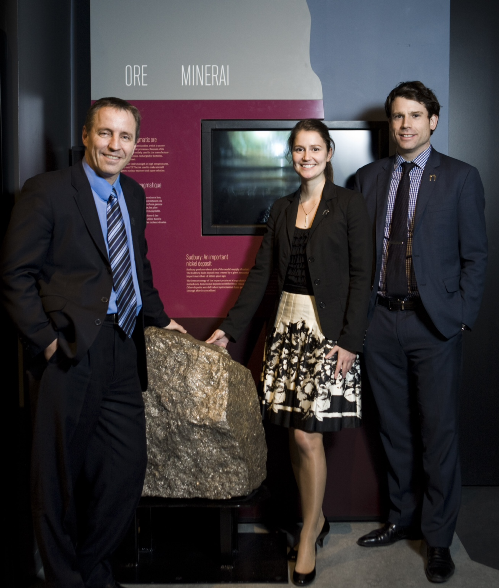This article was provided by the Ontario Mining Association (OMA), an organization that was established in 1920 to represent the mining industry of the province.
The Ontario Mining Association was a major participant in an explore mining and forestry career night held earlier this month at Mohawk College in Hamilton, which attracted more than 100 students. Lesley Hymers, OMA Environment and Education Specialist, and Bryan Wilson from Xstrata Nickel in Sudbury carried the message for the mining side. Representatives from the Canadian Institute of Forestry, Resolute Forest Products and the Forest Products Association of Canada were on hand speaking about their component of Canada’s resource sector at the community college.
The event was organized by Richard Borger, an elementary school teacher and part-time professor in the engineering technology program at Mohawk College. He became acquainted with the OMA, while in the role of student, during the third annual Teachers’ Mining Tour earlier this year. Mr. Wilson has been an active and key participant in all three of these teachers’ tours, which have taken place, so far, through facilitating tours of Xstrata Nickel’s Nickel Rim South Mine in Sudbury.
“It is important for us to establish links with educators across the province and to work to strengthen and build upon those links,” said Ms Hymers. “It is also vital that we take advantage of opportunities to make students more aware of the tremendous variety and scope of career options that our industry offers.”
























